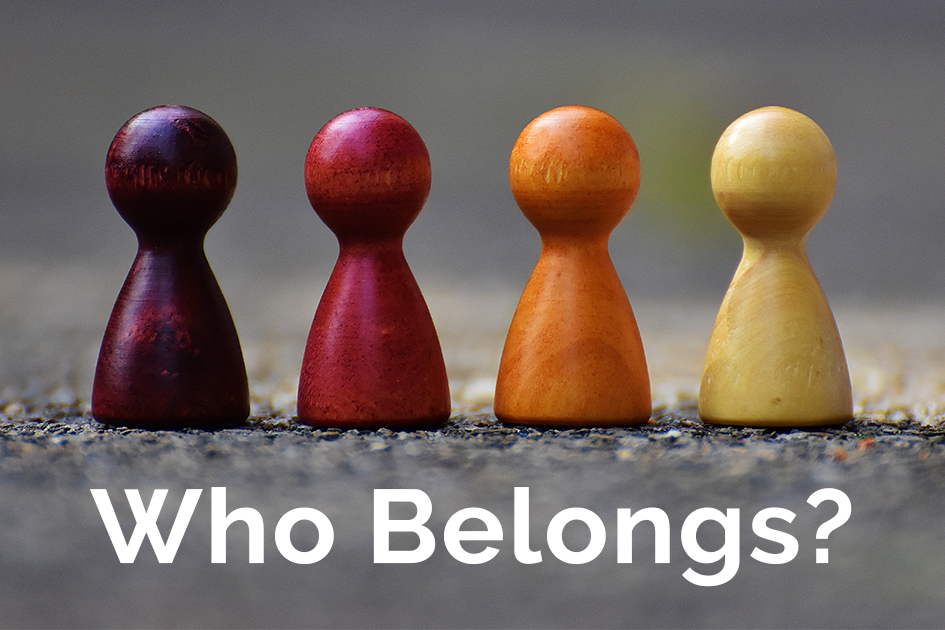This is the final entry in a four-part series that explores four questions: (1) What are we doing here? (2) Who is leading? (3) Who owns this place? (4) Who belongs?
Aftab Omer , President of Meridian University, shared these “archetypal” questions while we were planning the annual gathering of the Global Learning and Exchange Network (GLEN) with the founders of the GLEN, David Sibbet and Gisela Wendling, and fellow GLEN members Karen Buckley and FireHawk Hulin.
“Who belongs?” is writ large in the global and national psyche right now. Often unstated are two underlying questions: Belong to what? And, who gets to decide?
Belonging might be a bigger deal than you think. With the development of the mid or mammalian brain, our sense of safety became inexorably connected with belonging to families and tribes. Members resembling one another worked together to help the group survive.
Identification with one’s tribe or tribalism intensifies when people feel threatened. History is replete with examples. We don’t need to look far to see current ones: white “nationalists” chanting “Jews will not replace us” in a rally in Charlottesville, Virginia last August; the current administration’s push to exclude immigrants from majority Muslim nations; and the epithets used to describe people from central America and Mexico seeking asylum from violence in their home countries or simply a better life for their families.
There appears to be great fear among some that, with the current and anticipated demographic sea change emerging, they are being or will be left behind, excluded, i.e., not belonging or being able to decide who belongs. One way to think about the rise in bias (and in violence) against people of color is that it is a battle for belonging. It can feel like a battle for survival because this is how the brain, usually at an unconscious level, perceives it.
When people don’t feel like they belong, they feel threatened and their survival instincts kick in as their ability to make conscious choices about what to say or do declines. They can behave in ways that are not only unhelpful to a community or an organization as a whole; their actions can be downright destructive, even life-taking.
This returns us to the questions of “Belong to what?” and “Who gets to decide?”
Given the current homogenous make-up of federal decision-making bodies and most state legislative bodies, it seems that the battle over who belongs (think voting rights in addition to immigration and asylum) is going to go on for a while.
Regardless of what lawmakers do, we can create organizations and communities where we all belong, i.e., inclusive and welcoming environments.
At the easier end of a continuum of creating welcoming environments we can make sure we pay attention to people, acknowledge their presence, and use their names when speaking with them. For example, when you see a homeless person in your community, say hello when you walk by or wave if you drive by. When you see a new person at work or in your neighborhood, introduce yourself and welcome them.
At the more challenging end of the continuum is confronting others when they actively exclude people or deny them an equitable place at the table. For example, in a meeting if you notice that the women, the people of color, or someone lower in the organizational hierarchy is being ignored or interrupted, invite them into the conversation. Or, stop anyone who is interrupting him or her. (“Wait, please let Ronita finish her thought.” Or, “Jamal, I’d like to hear what you think about this.” Or, “Suzie, I think you have a unique view on this situation. I’d like to hear your perspective.”)
I believe every employee in an organization belongs and every member of a community belongs. What do you believe? In everyday interactions at work and in our communities, each of us gets to decide who belongs through our words and actions.

